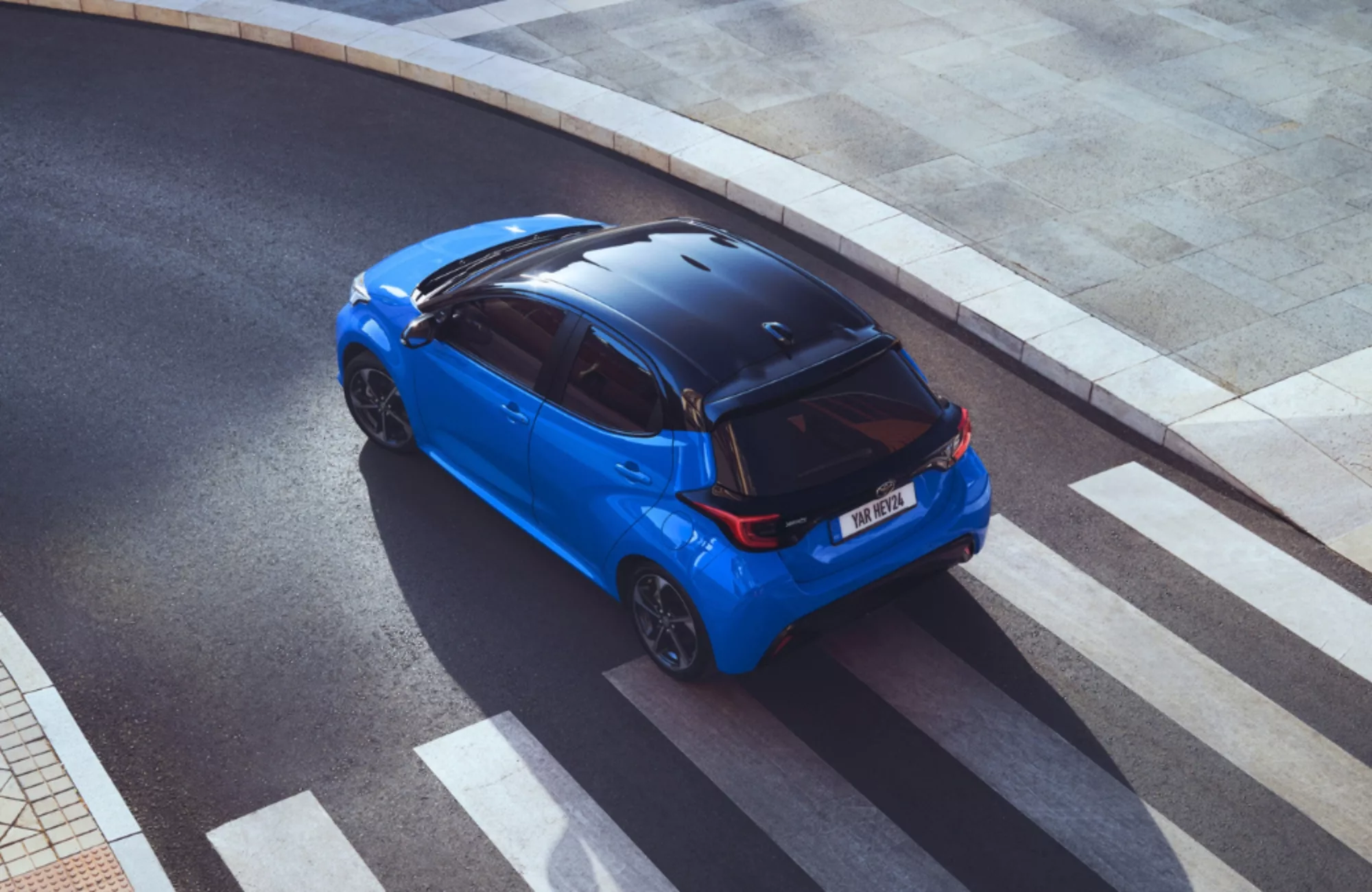
The hybrid car: what are your options?
The world of automobiles is rapidly changing, and hybrid vehicles play a big part in this transition. If you are considering buying a hybrid car, it is useful to know that there are different types, each with their own advantages and disadvantages. In this blog we discuss the different types of hybrid cars and how they work, so you can decide which one suits you best.
Mild Hybrid Electric Vehicle – MHEV
The world of automobiles is rapidly changing, and hybrid vehicles play a big part in this transition. If you are considering buying a hybrid car, it is useful to know that there are different types, each with their own advantages and disadvantages. In this blog we discuss the different types of hybrid cars and how they work, so you can decide which one suits you best.
Mild Hybrid Electric Vehicle (MHEV)
A mild hybrid is the simplest form of hybrid technology. The electric motor works together with the combustion engine to save fuel. The electric motor cannot drive the car on its own, but supports the combustion engine, for example, when accelerating up hills.

Pros
- Better fuel efficiency than regular petrol cars.
- Less complex and more affordable than other hybrids.
- No charging required.
Cons
- Less fuel efficiency than other hybrid types.
- The electromotor cannot drive the car on its own.
Full Hybrid Electric Vehicle – FHEV
Full hybrids, also known as parallel hybrids, use both the electric motor and the combustion engine to power the car. The car automatically switches between the engines depending on driving conditions. In the city, the electric motor can power the car, while the combustion engine switches on at higher speeds or for additional power.

Pros
- Can be used to drive short trips fully electric.
- Better efficiency and lower emissions than regular vehicles.
- No charging required; battery recharges while driving.
Cons
- Limited electric range.
- Higher initial purchase price than mild hybrids.
Plug-in Hybrid Electric Vehicle – PHEV
The plug-in hybrid has a larger battery that you can charge via a socket or charging station. This type of hybrid can drive longer distances fully electric, which helps you reduce fuel costs.

Pros
- Longer electric driving range than full hybrids.
- Flexible as you can run on both electricity and fuel.
- Can significantly reduce fuel costs.
Cons
- Requires charging for optimal performance.
- Heavier vehicle due to larger battery.
Series Hybrid
In a series hybrid, the combustion engine is only used to generate electricity for the electric motor. The combustion engine does not drive the wheels directly. This is similar to an electric car, but with a motor to charge the battery.
Pros
- Very efficient in city traffic and short trips.
- Less dependent on fuel during shorter distances.
- Zero emissions during electric trips.
Cons
- Can be more expensive due to complex technology.
- Less suitable for long journeys at high speed.
Extended-Range Electric Vehicle – E-REV
The range extender hybrid is a type of series hybrid. It drives mainly electric, but has a small internal combustion engine that charges the battery when it runs low. This gives you the benefits of electric driving without worrying about range.

Conclusion
Hybrid cars offer different advantages depending on how you drive. Whether you take short trips or drive long distances, there is a hybrid to suit your needs. With ongoing technological advances, hybrid cars are getting better and more affordable. They are a good choice for those who want to contribute to a cleaner future without compromising on driving pleasure.